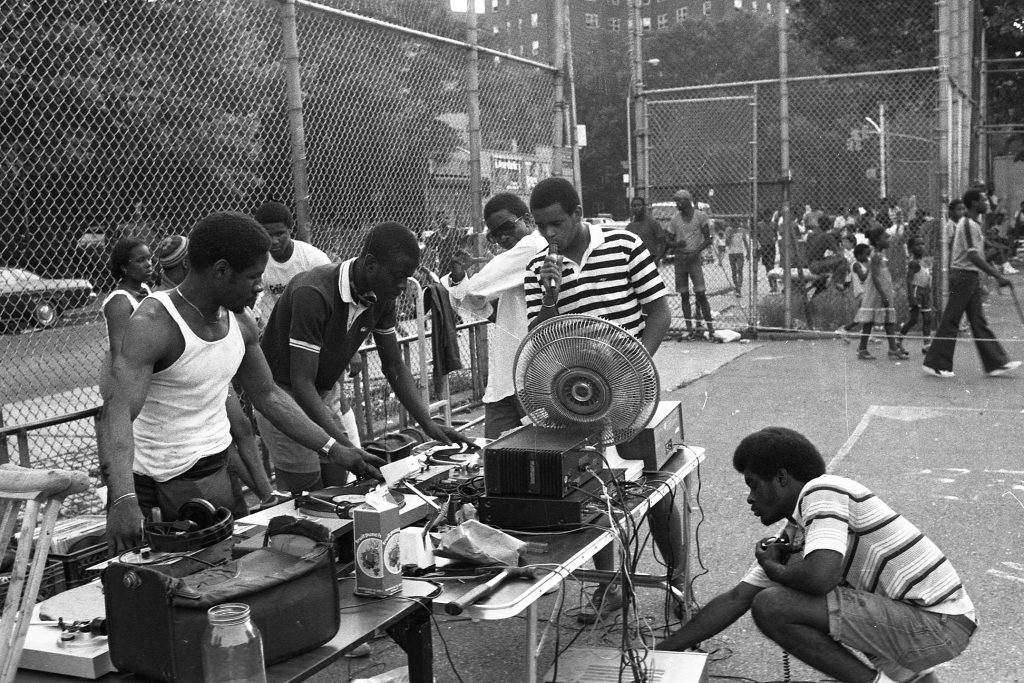DJing (short for Disc Jockeying) or turntabling or scratching is the technique of phonograph turntables or other sound sources to create music and manipulate beats. As the story goes, Clive Campbell, a Jamaican DJ, also known in the Bronx community as DJ Kool Herc, was DJing at his sister’s party. He played hard funk, house, disco, dancehall – the usual party music, but the party was still dull. He noticed that the dancers were waiting for the break sections to hit the dance floor. Campbell then took two turntables, some thunderous speakers, and a guitar amplifier to cut up the middle section of records and fading them to one. The result was instantaneous and the technique he did still does its magical wonder until today.
MCing sometimes spelled as emcee, is short for Master of Ceremony. MC is the host of an event or party and responsible for introducing the performers, engage the audience, and overall considered to keep the show moving. In earlier hip hop culture, MC’s main task is just to get the crowd excited about the DJ. If he has to do any rhyming, that is only to talk about how great the DJ was. Most of the time, MC can’t be given the microphone unless the DJ gave his permission.
B in B-boying stands for “break” which is a style of dance that was already being done in the late 60s but became popular in the 1970s to match DJ Kool Herc’s innovative “breaking” style of music. By the late 70s, b-boying or breakdancing competitions sprout on the streets of New York. This kind of dance competition was encouraged not only to further grow the hip hop movement but also to deter the use of violence in settling conflicts in the borough.
The last major pillar of hip hop is writing. Although it is said that writing music is all about the words and the message, hip hop audience not only listen to songs to get entertained but also to learn what the artist has to say. Storytelling, wordplay, and use of metaphors are some of the techniques employed by many popular rap artists in their repertoire. Hip hop is the only genre in music that expects rappers to write their songs.
The hip hop genre started its root at the Bronx, New York City as an underground movement to protest the injustices experienced by the Blacks and Latinos considered as marginalized minorities. Around 1977, the hip hop genre who was only popular along the streets of the Bronx started to attract mainstream media. Started as a jam for street and block parties, musicians started to turn their music into albums in the 1980s. Kurtis Blow and his single “The Breaks” became the first gold-certified rap song. In 1986, Beastie Boys’ Licensed to III became the first rap LP to top the Billboard album chart.
You can’t discuss the history of hip hop without mentioning Afrika Bambaataa who created and led Universal Zulu Nation (called “Organization” in the 1970s). Universal Zulu Nation aims to unite all hip hop groups and provide a supportive environment to the culture. With growing anger and restlessness felt by Latino and Black youths in New York in the 1970s, Bambaataa would organize block parties and break-dancing competitions to draw out angry kids from gangs. Bambaataa and his team of dancers, DJs, and artists were the first groups who went on the first hip hop tour outside the United States.
